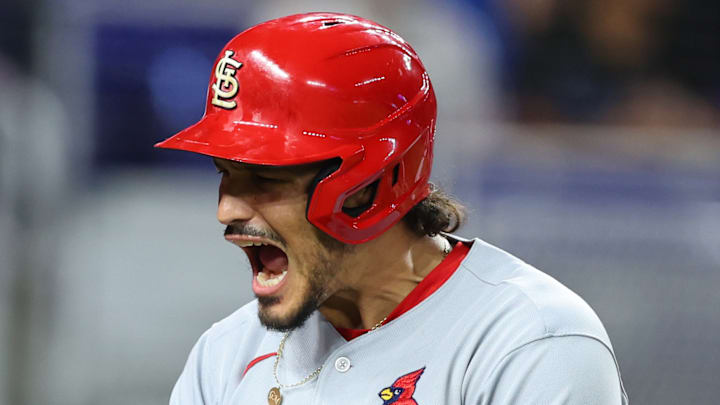These are the 10 best moves St. Louis Cardinals front office has made since 2015.
It’s human nature to focus on the negatives in life, and that is especially true when it comes to sports. In baseball, nearly every move a front office makes is placed under a microscope, and fans are often quick to jump to conclusions when a new arrival struggles with his team or a departed player finds success with his new team. For the St. Louis Cardinals, nobody receives more scrutiny than John Mozeliak, the team’s President of Baseball Operations.
Cardinals fans have heavily criticized Mozeliak for many moves the Cardinals have made under his watch, most notably the trades of Sandy Alcantara and Zac Gallen to the Miami Marlins and the deal that sent Randy Arozarena to the Tampa Bay Rays. The latter trade still needs to play itself out, as the return, Matthew Liberatore, has proven himself to be more effective this year than in seasons past.
A more difficult facet of Mozeliak’s tenure for fans who have already hopped onto the “fire Mo” train to acknowledge is the successes he has had in the past eight years. Before 2015, Mozeliak’s successes included extending Yadier Molina and Matt Carpenter, acquiring Lance Berkman and Carlos Beltran, and pulling off the blockbuster trade with the Toronto Blue Jays in 2011 that led the Cardinals to a World Series title. While the years since haven't seen quite the same success from the front office, Mozeliak and General Manager Michael Girsch have still made their fair share of shrewd decisions.
Here are the 10 best deals by John Mozeliak since 2015.
